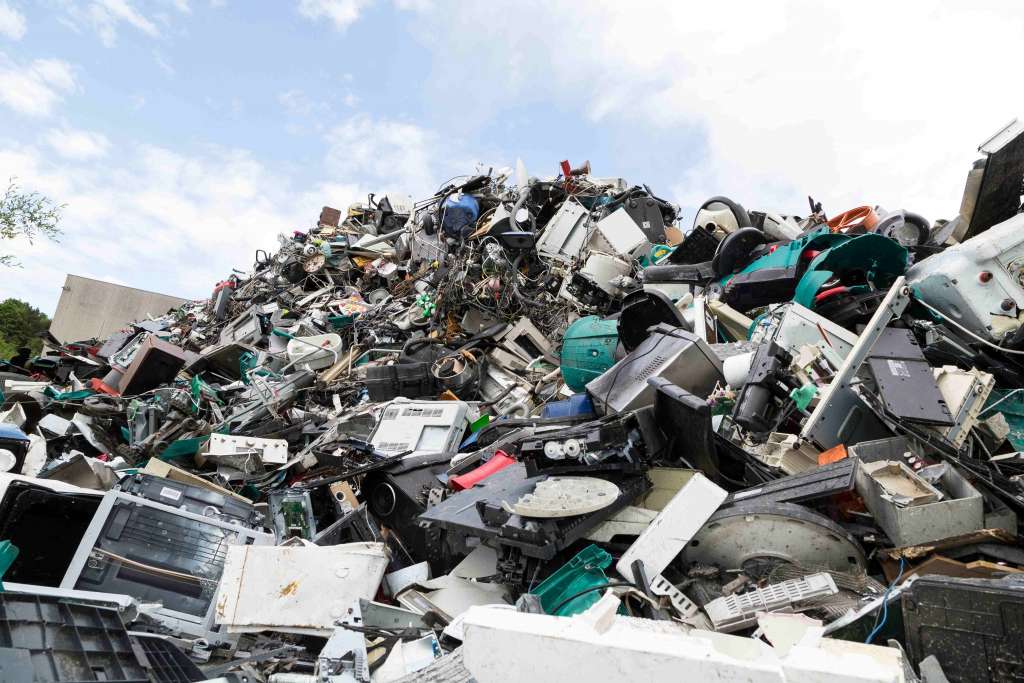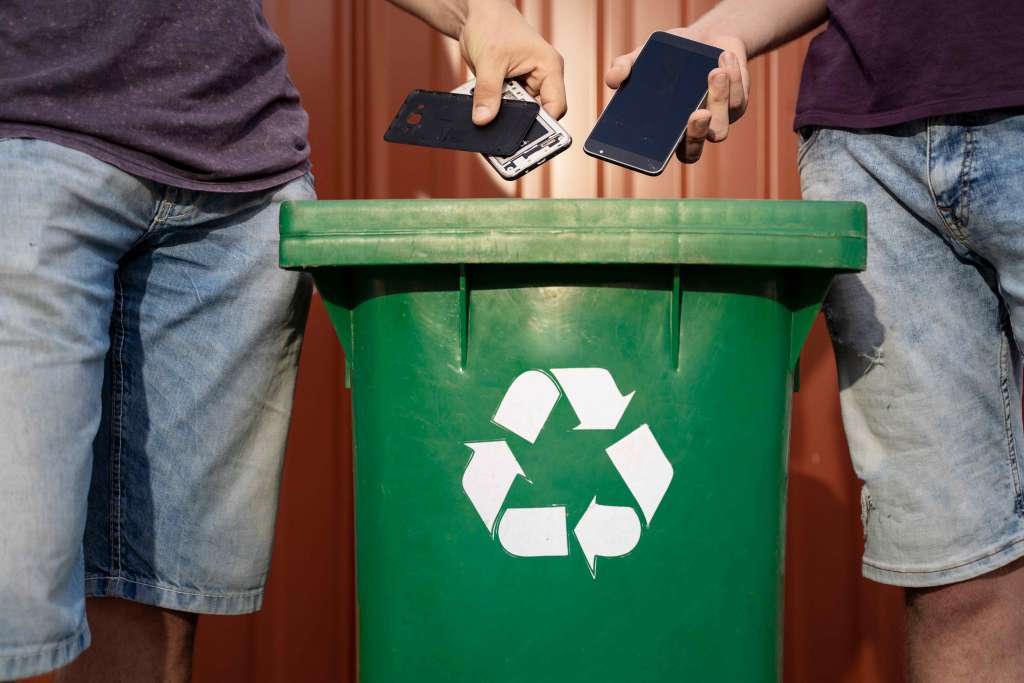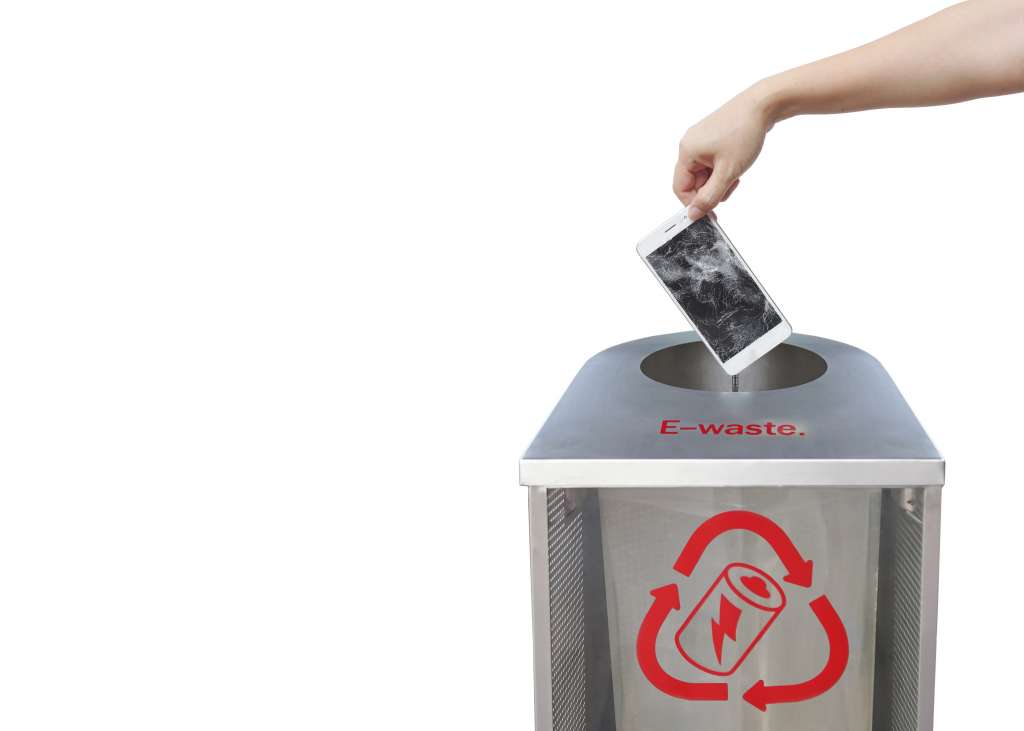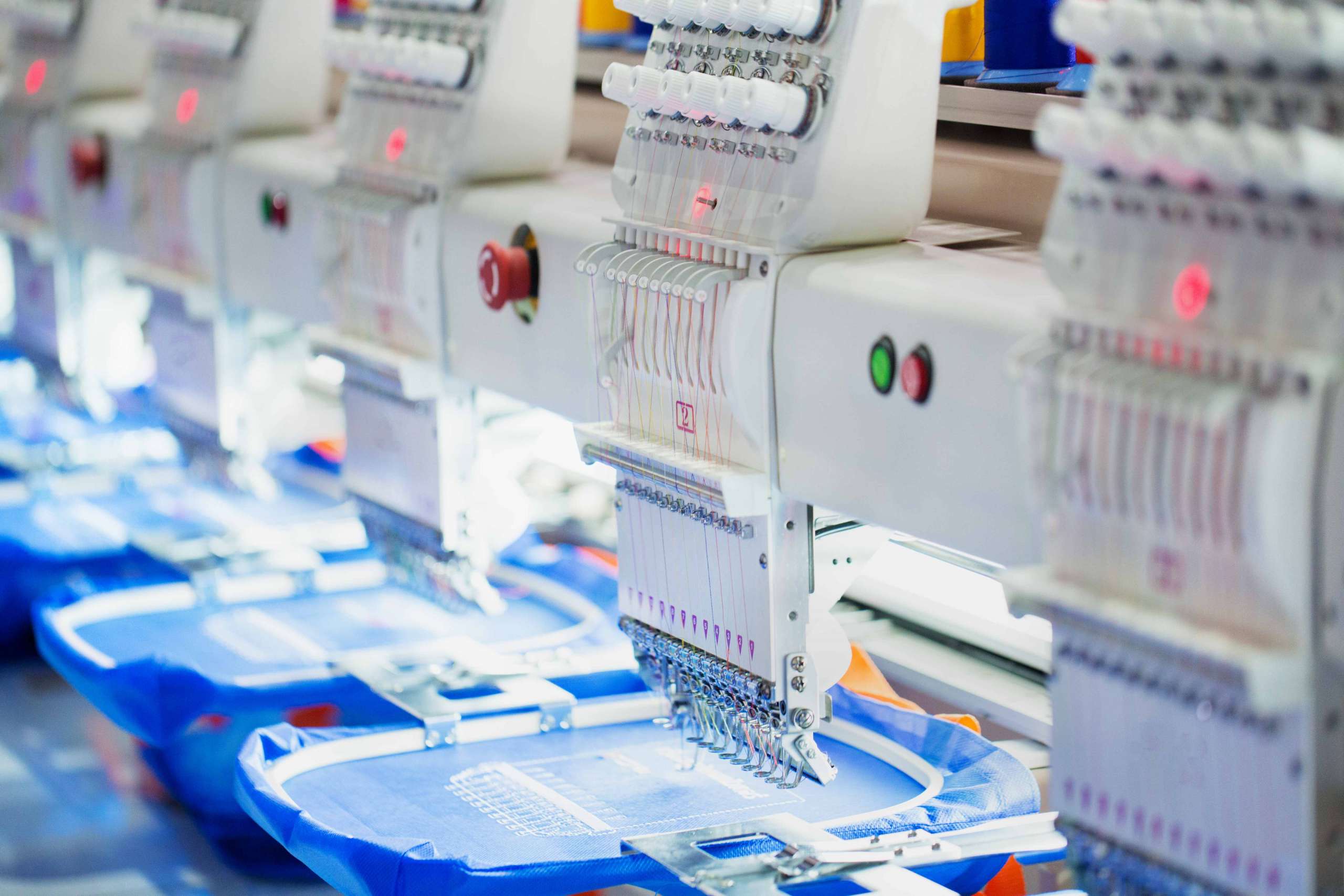An Overview of E-Waste Recycling Machines and Technologies



Summary: A manufacturer must take the necessary steps to properly manage and recycle e-waste for a greener future. The latest technologies and machines for e-waste recycling include material recovery, circuit board recycling, and various treatment methods. These solutions not only protect the environment but also promote sustainable and profitable business practices.
E-waste recycling is an essential aspect of sustainable manufacturing as it not only reduces the environmental impact of electronic waste but also allows manufacturers to recover valuable materials and reduce their reliance on virgin resources.
In recent years, advancements in technology have led to the development of new e-waste recycling machines and technologies that are more efficient, cost-effective, and environmentally friendly than traditional methods. These new machines and technologies have the potential to revolutionize the way fashion brands handle e-waste and help them achieve their sustainability goals. It is important for manufacturers to stay informed about the latest e-waste recycling machines and technologies and to consider implementing them in their operations.
Fashion may be fleeting, but the waste it generates lasts forever

The fashion industry generates a significant amount of electronic waste (e-waste) through the use of technology in production and supply chain management, as well as through the disposal of electronic clothing and accessories.
- In electronic and color-changing textiles, smartwatches, and clothing, there is the integration of electronic components such as sensors and LED lights, which are becoming increasingly popular in the fashion industry. However, these garments have a short lifespan and are often discarded, contributing to the growing problem of e-waste.
- The use of technology in production and supply chain management and data analytics also generates e-waste through the disposal of old equipment.
- Point-of-Sales machines, salesperson monitors, barcode scanners, CCTV cameras, and security equipment come with a limited shelf life and need to be upgraded regularly resulting in e-waste.
- The fashion industry also generates e-waste through the disposal of watches, electronic bands, and RFID wallets and bags. These items are often discarded when they become outdated or broken, adding to e-waste.
By being more mindful and taking appropriate steps like e-waste recycling, fashion manufacturers can not only benefit the environment but also improve their brand positioning and financial performance.
New technologies and equipment for e-waste recycling
To address the problem of e-waste recycling in the fashion industry, manufacturers must take a comprehensive approach that includes both technological and operational solutions.
- Replaceable parts technology
Manufacturers can invest in technology that is designed to be more easily disassembled in which damaged parts or parts that have completed their cycle can be replaced without having to discard the whole product.
- Segregated waste treatment
Not all electronic waste is treated the same. E-waste recycling has transitioned from singular unit recycling to dismantling and segregated recycling. This allows for separating hazardous waste before recycling the other parts.
- Liquid extraction
Liquid extraction is the process of dissolving the waste components or their oxides, mostly in an acidic or basic form, till the industry levels of elimination or purity have been achieved.
- Magnetic separation
Magnets are used to separate metals and elements that can be processed separately from electronic waste. This allows the recyclers to extract the economical and industrial metals that can be repurposed and reused.
- Recovery of rare earth metals
There are 17 rare earth metals with extraordinary conductive and magnetic properties. Their separation and extraction are just about 5% of the quantities used in the prediction of electronic gadgets such as mobile phones. Recyclers investing in this extraction process can help recycle these rare earth metals and reduce their impact of mining on the environment.
Navigating the maze of regulations: A guide to responsible e-waste recycling

Effective e-waste recycling is essential for the sustainable operation of the fashion industry, but it is also heavily regulated by governments worldwide.
- These regulations are designed to protect human health and the environment by ensuring that e-waste recycling is handled and disposed of safely.
- In most countries, manufacturers are required to comply with regulations that cover the collection, transport, treatment, and disposal of e-waste.
- Additionally, manufacturers are responsible for ensuring that e-waste is properly handled by certified e-waste recycling companies.
E-waste is wasting the environment and needs to be recycled

The fashion industry is a significant contributor to the global economy, with a market size of over 3 trillion dollars. However, it also generates a huge amount of electronic waste, which can be hazardous to both human health and the environment. Many textile mills and clothing factories use machines that incorporate electronic components, such as computer-controlled knitting machines and embroidery machines. These machines are often replaced or upgraded on a regular basis, leading to a significant amount of e-waste that reaches landfills and does not disintegrate on its own. Therefore, e-waste recycling is a must for the fashion industry.
Fashinza can help you connect with manufacturers who use recycle technologies to protect the environment and human health. Join the league of sustainable fashion brands.
Book your demo with Fashinza today.
Key Takeaways
- E-waste recycling is an essential aspect of sustainable manufacturing as it reduces the environmental impact of electronic waste and allows manufacturers to recover valuable materials.
- New e-waste recycling machines and technologies are more efficient, cost-effective, and environmentally friendly than traditional methods.
- It is important for manufacturers to stay informed about the latest e-waste recycling machines and technologies and to consider implementing them in their operations to achieve sustainability goals.



















